Survey overlap potential irks wind power developers
The northern province of Lang Son attracted both foreign and local investors showing interest in building wind power projects. Most said Lang Son would be the most suitable area in the northern provinces, especially in districts like Loc Binh, Dinh Lap, Van Lang, and Binh Gia.
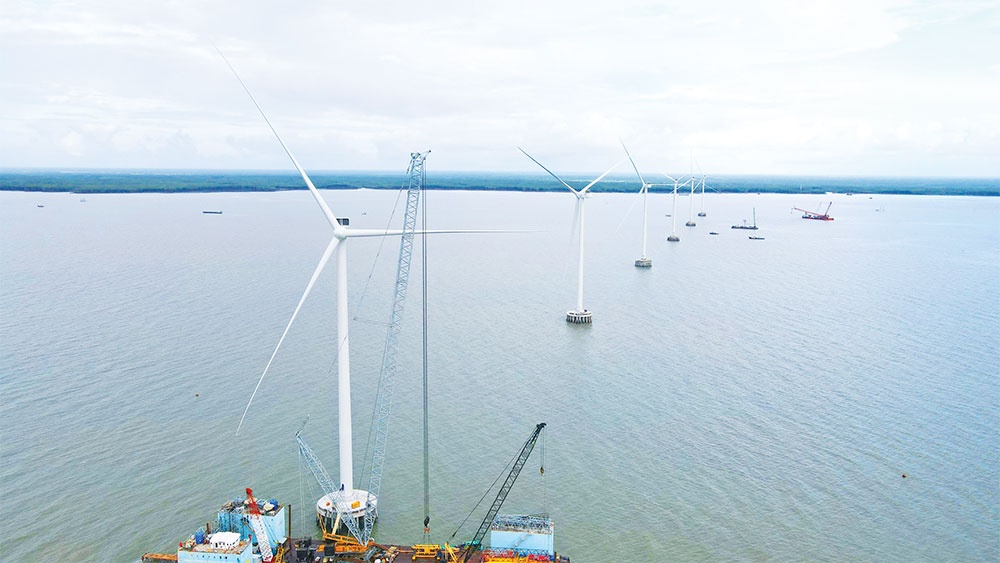 |
| Local authorities may have to strengthen regulations so developers are not at odds over wind surveys. Photo: Le Toan |
GE proposed Lang Son People's Committee to allow the survey of two wind power projects with a total capacity of up to 418MW and approval to build two wind measuring towers in Chi Lang district for the 165MW Chi Lang project, as stated in a local authorities’ document in May.
According to the document, duplicate surveys could cause legal consequences among investors. “As far as we know, other provinces in the country do not allow duplicate research between projects,” the document noted.
The document came as TRE JSC intended to carry out a wind measurement survey for which GE was already surveying.
Lang Son wants to become a hub for wind energy in the northern region. A report by the Institute of Energy on the overall wind power development in Lang Son mentioned that it is necessary to have a clear policy on prioritising land use as there is a conflict between the purposes of resource exploitation and other activities such as agriculture, forestry, and tourism. However, the report did not discuss the conflict between investors.
Lang Son plans to launch 27 wind power projects during 2030 with a total capacity of 3.57GW. Some highlighted ones are the Dinh Lap 1 wind power plant with a capacity of 100MW, the Dinh Lap 4 wind facility with a capacity of 126MW, and the Dinh Lap 2C plant with a capacity of 350MW.
After 2030, eight of these projects would then be tendered with a total capacity of about 1.12GW, including some notable plants such as T&T OCG Loc Binh with a capacity of 200MW and Loc Binh 2 with a capacity of 150MW.
Nguyen Xuan Huy, head of research and development at IPC Group, a contractor for many RE energy projects in Vietnam, said that current related risks include geopolitical issues, overlapping of oil and gas blocks and offshore wind blocks, legal issues in the licensing of marine space, and an unclear distinction between nearshore and offshore wind power.
In addition, technical risks include geological structure, environmental impact, and the impact of waves, wind, and storms. Economic risks include power purchase agreement contracts, electricity prices, iron and steel prices, turbines, and bank interest rates.
“These barriers should be managed to reduce risks for investors,” Huy said.
It is not only the onshore wind segment that faces planning and survey issues. The National Steering Committee for Electricity Development has admitted that wind, solar, and gas power sources face great difficulties despite past advances, as planning has not been effectively managed. The investment licencing period is prolonged and, to date, there is no marine spatial plan for offshore wind power.
According to the Ministry of Natural Resources and Environment, the demand for wind measurement, geological, and topographic surveys at sea among organisations and individuals is high. And Tran Quoc Dien, deputy general director of Power Engineering Consulting JSC 3, said at a recent wind conference that renewable energy development is hotter than ever.
He suggested that to avoid conflicts, local authorities should assign investors to survey within a certain time. “After that time, if investors do not follow their commitments, other investors would be welcome,” Dien noted.
To attract capital in Vietnam’s offshore wind power, it is necessary to develop a strict and transparent legal framework to provide clearer guidance to assist investors, Dien added. “Along with that, it is necessary to develop a domestic supply chain to support the sector, strengthen the grid reinforcement, and finish the Power Development Plan VIII.”
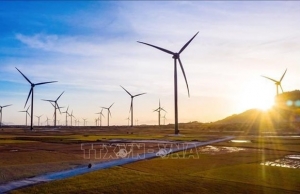 | Tasks, solutions set to fulfill COP26 commitments Deputy Prime Minister Le Van Thanh on July 25 signed a decision approving the project on tasks and solutions to implement outcomes of the 26th United Nations Climate Change Conference of the Parties (COP26). |
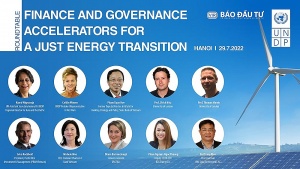 | UNDP roundtable to tackle energy transition financing On July 29, the "Finance and Governance Accelerators for a Just Energy Transition" roundtable hosted by Vietnam Investment Review in collaboration with the United Nations Development Programme (UNDP) in Vietnam will dig into policy options on financial development toward a just energy transition. |
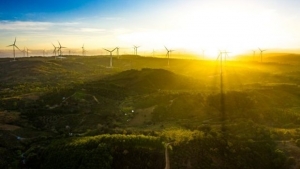 | Renewable energy sources not fully tapped: experts The potential of renewable energy sources, especially wind and solar power, is one of the keys to Vietnam’s energy transformation towards carbon neutrality, but barriers stemming from the unresponsive transmission network and pricing mechanism is wasting the capacity of billions of kWh of electricity, according to experts. |
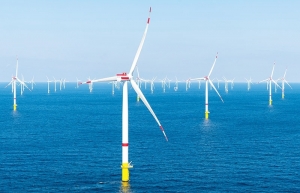 | Offshore wind future in balance for Vietnam The long-awaited Power Development Plan VIII is set to target the development of about 7GW of offshore wind power in Vietnam. However, both investors and localities are waiting for a clearer roadmap. |
What the stars mean:
★ Poor ★ ★ Promising ★★★ Good ★★★★ Very good ★★★★★ Exceptional
Related Contents
Latest News
More News
- Heavy industries set for pilot greenhouse gas quotas (December 25, 2025 | 10:00)
- Swedfund invests in MSME growth and climate action in Vietnam (December 19, 2025 | 11:42)
- GreenYellow brings solar energy to light up remote schools in Tuyen Quang province (December 19, 2025 | 08:00)
- Charge+, Grab partner to develop EV charging network in Vietnam (December 18, 2025 | 17:11)
- Linking sci-tech and innovation to Vietnam’s net-zero future (December 18, 2025 | 14:31)
- Driving double-digit growth through green and circular transformation in Vietnam (December 17, 2025 | 09:00)
- Standard Chartered and ACCA deepen collaboration to develop Vietnam’s talent for a sustainable future (December 15, 2025 | 18:18)
- Schaeffler reports strong early output from Dong Nai solar project (December 12, 2025 | 15:16)
- Forestry conference highlights biodiversity and sustainability goals (December 09, 2025 | 13:35)
- Home Credit honoured among top 10 sustainable companies in trade and services (December 09, 2025 | 12:18)

 Tag:
Tag:




















 Mobile Version
Mobile Version